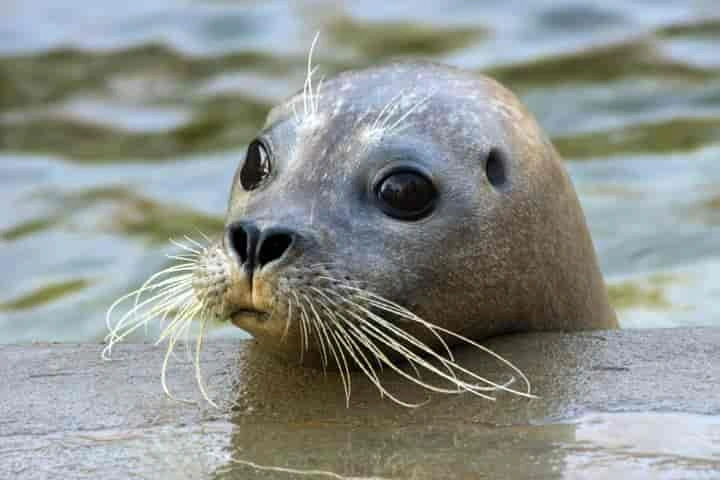The avian flu is having a far reaching impact this time. A report in smithsonianmag.com has quoted the National Oceanic and Atmospheric Administration (NOAA) of United States as stating that the increasing incidence of stranding of seals in Maine this summer is due to bird flu.
From May 10 to July 4, 2022, according to NOAA, 94 seals had been reported stranded in Maine. The rate of dead seals from these strandings was three times the usual.
Talking about this to News Center Maine, Ainsley Smith who is the Regional Marine Mammal Stranding Coordinator with NOAA Fisheries said: "While marine mammal strandings frequently occur, there are some cases, such as this one, where an unusually high number of live or dead animals may come ashore in a short period of time in the same geographic area.”
Samples were taken from eight seals and sent to Tufts University for testing. The result showed that four of them had H5N1 – the avian influenza which is prevalent at present among the birds both domestic and wild. Going beyond birds, the disease has also been detected among animals including bobcats, foxes, otters, skunks and other mammals. Among the infected are also two humans.
Commenting on seals being infected, Dr. Julianna Lenoch said: “The seal is the first marine mammal that we’ve seen on the spillover end. But this is not unexpected to have bird flu move into mammalian species on occasion.”
Lenoch is a national wildlife disease program coordinator for the U.S. Department of Agriculture.
In the past too, there have been incidences of avian flu but it would tend to die out in the summer and come back in the fall but this time round it is not certain if that will happen with the present strain. Elaborating, Lenoch said: “This particular avian influenza is acting a little bit different, so we’re going to remain on high alert.”
The consequence of this disease in the US has been drastic as birds numbering millions have either died or been culled out. Across the nation, zoos have moved their birds indoors so that they do not get in contact with the wild birds and get the disease.
In the United Kingdom, several parks had to shut their doors to the visitors as the casualty of birds was very high.
Bryan Richards from the USGS National Wildlife Health Center told Maine Public: "This is substantially different than the outbreak we experienced in 2015, with more species, bigger numbers, more substantial mortality and this tremendously larger geographic footprint. So essentially, there's a lot more virus out there in the environment this time around."
While the risk to people in general is low, yet NOAA has recommended that neither human beings nor the pets kept by them should go near live and dead seals. A distance of at least 150 feet should be maintained.




















